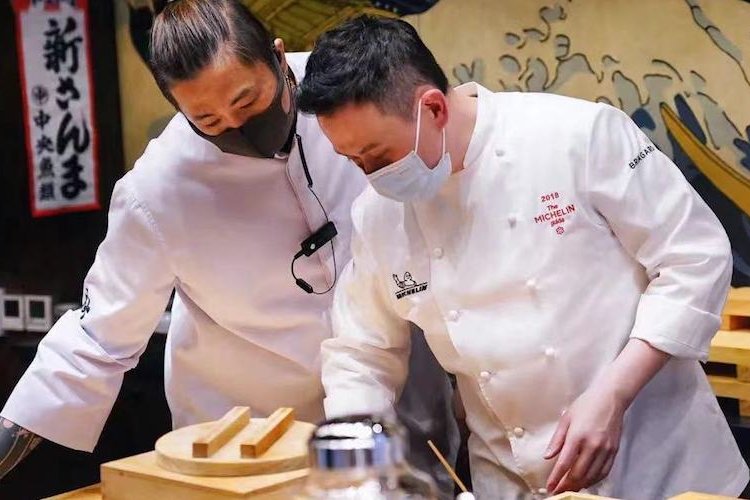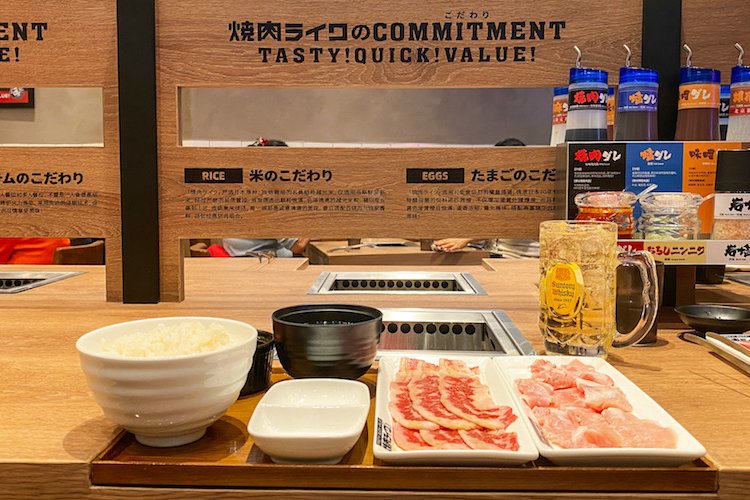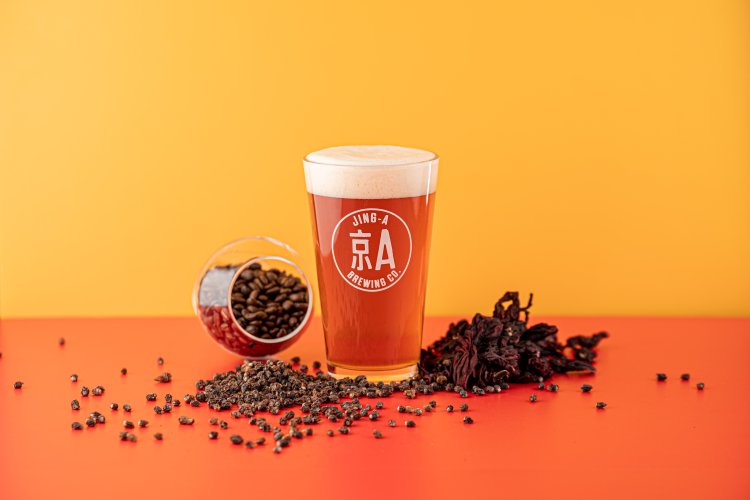Hatsune's Alan Wong Discusses the Californication of Beijing's F&B Industry
Alan Wong is really, really crazy about sushi. Before my interview, I thought he might like sushi as much as I, which is already quite a lot. But no, it turns out that sushi is his favorite food and that he eats it where ever he goes, no matter whether he is on holiday in Taiwan, Hong Kong, or Japan.
The Sacramento, California born-and-bred owner of Hatsune tells me he can be found in Genki Sushi in the Kerry Center frequently. “My favorite food will always be Japanese. I’m kind of a freak about that, I own a sushi restaurant, but every once and while you’ll find me at Genki Sushi, in the Kerry Center, just piling up the plates.”
At the moment, Alan owns 12 restaurants in both Beijing and Shanghai, including Hatsune, Hunan-style restaurant Karaiya Spice House, and Japanese Kagen Teppanyaki, and he is working on another two or three to be opened in the next year to expand the Hatsune brand.
Alan grew up in the industry in the States. “Whether it’s working in restaurants, which I did for four years as a chef and a waiter, or only really having friends who worked in restaurants. They had a lot of stories, and I went to restaurants a lot, so I had a lot of exposure.”
As to why he chose Beijing, Alan says he originally came here to do an internship at a real estate company his father was working for. “Eventually it was that company that I borrowed money from to open the first Hatsune. The idea was basically to catch the niche expatriate market. When we first opened, there were already more than 300 restaurants serving Japanese food in Beijing.
“When we first opened in 2001, all the foreigners knew it as ‘oh my god, it’s from home,’ Australians and Europeans but especially New Yorkers and Californians they all flocked because we were selling California-style sushi.”
This exposure alone doesn’t explain the success behind his restaurants, as Alan gets his inspiration from basically everywhere. “From fashion, to watching Dexter, to Pinterest, to traveling, to talking with friends, to having a lot of chef friends off of whom I can bounce ideas, and doing collaborations together like we have done with Mosto and Brian McKenna,” Alan said.
“Every restaurateur will say the same thing, there’s not a specific way or a specific motivation or anything; you absorb ideas from everywhere. I also get lots of ideas from my staff, and I take those ideas and mould them and then recreate them.”
Of course, there are plenty of challenges for Alan to maintain the high-quality restaurants that we Beijingers have become accustomed to from him. Alan’s main obstacle is staffing. “Everyone in the industry will say the exact same thing.”
“Staffing in the HR sense but also more in the training sense because when you grow up in California or in the Western world you’re eating at a lot of restaurants, and especially in the States with the tipping culture, you end up eating in restaurants that give you good service, or at least they try to give you good service because they want to get the tip. Now, that sort of becomes ingrained in you.
“I always used to say that I could pluck anybody off the street of California and they could be serving customers in less than a month. Whereas with Chinese staff, with no experience, it takes up to three months before they’re actually in front of customers and taking orders, but even longer before they can get that level of service that just feels natural, that intuitive service,” Alan said.
Regardless, this struggle hasn’t kept him from building what we can probably call a little bit of an empire. Alan trains his staff well, and says they’re one of the reasons for his success. “I treat them like people instead of like a commodity.”
What’s next for Alan? “We’re opening in Disney in Shanghai. We beat out hundreds of other Japanese restaurants to get that spot. I told Disney in various meetings, if you want California-style Japanese food, I’m the only choice. If you want a traditional Japanese restaurant then do not consider me, so I was one of two choices.”
Apart from that, we can expect upgrades: Alan has finally tweaked his sushi rice and soy sauce the way he wants it, after over 13 years of trying. And with these incredible ingredients, he will also be bringing us new dishes this year.
More stories by this author here.
Email: margauxschreurs@truerun.com
Instagram: s.xuagram
Photo: the Beijinger







